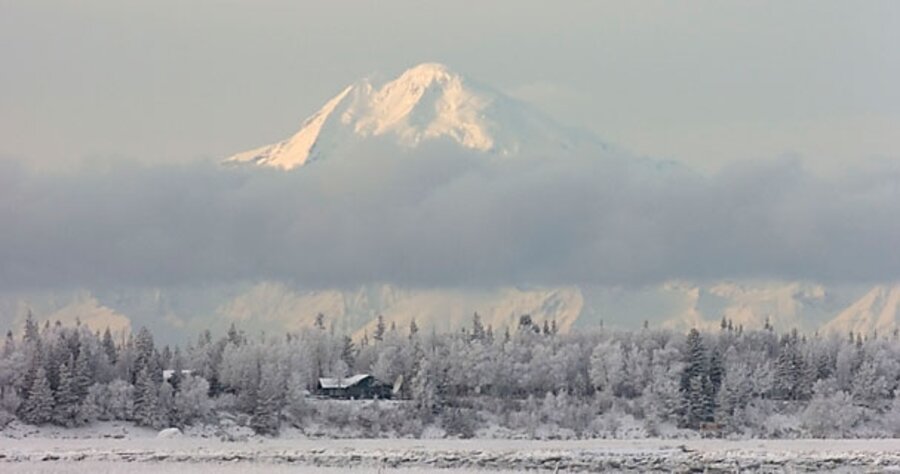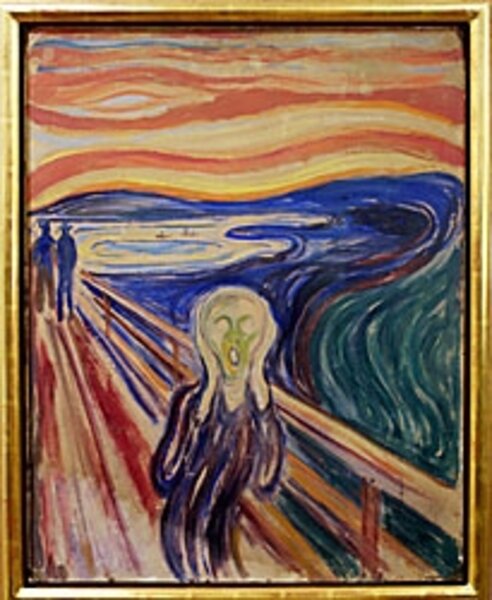Do volcanoes change the climate?
Loading...
Mother Nature can sustain life, inspire artists, and mystify scientists.
And sometimes she explodes.
It looks like that last one could be about to happen southern Alaska. Mount Redoubt, an active stratovolcano in the state's Aleutian Range, is twitching and belching like someone who just downed a case of Mountain Dew, signs that geologists say tend to precede an eruption.
And what an eruption it could be. Writing in the Monitor's Horizon blog, Pete Spotts gives the dramatic details:
Ash plumes into the stratosphere! Doesn't that sort of make that 1,000 megawatt coal plant seem like small change by comparison?
Yes and no. Large volcanic eruptions can have a huge impact on the climate, but unlike as with coal plants, they tend to cool the planet down. That's what happened in 1991, when Mt. Pinatubo in the Philippines erupted, spewing millions of tons of energy-deflecting sulfur dioxide into the atmosphere, which caused the world's average temperatures to fall by about 3.8 degrees Fahrenheit that year.
The devastating 1883 eruption of Indonesia'a Krakatoa, produced a similar effect, cooling the globe by about 4.2 degrees and producing spectacular sunsets around the world, such as the one that it said to have inspired Norwegian artist Edvard Munch's famous series of expressionist paintings titled "The Scream."
Even more dramatic was an eruption of another Indonesian volcano, Mt. Tambora, in 1815. This explosion, thought to be four times larger than Krakatoa's and the largest eruption in 10,000 years, resulted in snow and frost in New England and Europe in May, June, and July, causing widespread crop failures and famine. That year became known as "The Year Without a Summer."
Some scientists have even proposed seeding the atmosphere with sulfur particles as a last-ditch attempt to halt global warming.
Will an eruption of Mt. Redoubt produce a global volcanic winter? No: this volcano is much smaller than those in Southeast Asia, although its eruption could still be dangerous for those living near it.
In addition to spewing sulfur dioxide and water vapor, volcanoes also produce heat-trapping carbon dioxide. On average, volcanoes emit over 130 million tons of carbon dioxide into the atmosphere, but this is a drop in the bucket compared to the roughly 30 billion tons emitted annually by human activity.






